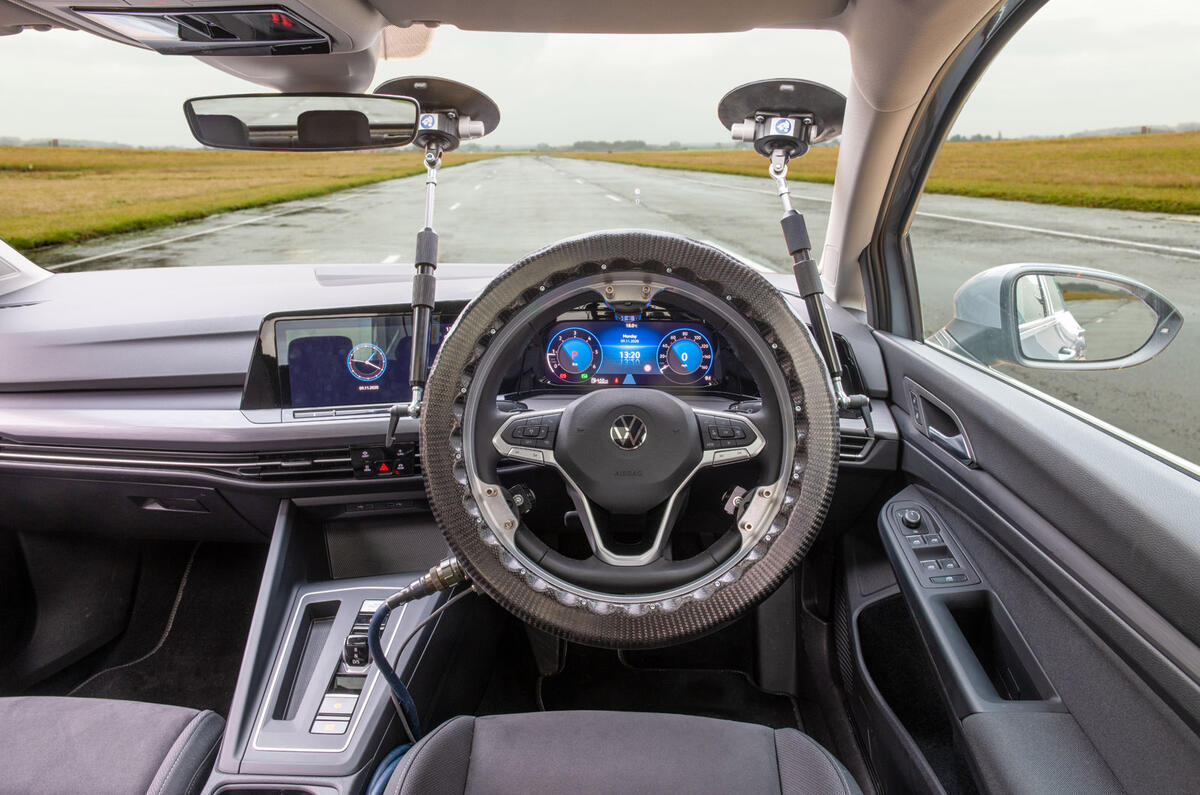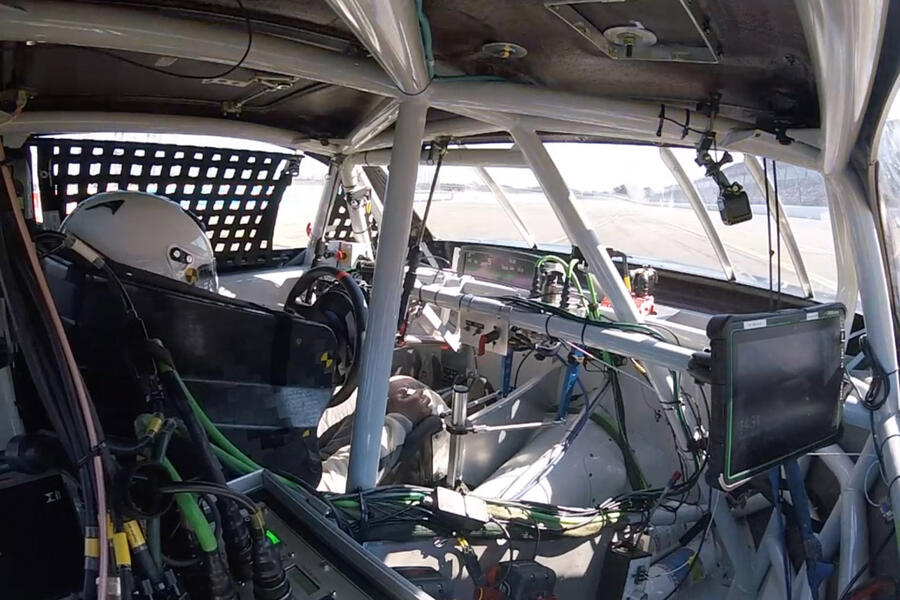Testing cars to destruction forms a vital part of development and global new car assessment programmes such as Euro NCAP have evolved benchmark crash tests to make sure all cars are up to scratch.
The tests are carried out in controlled conditions to ensure consistent like-for-like comparisons, but there are also instances where testing in real-world conditions is valuable. The difference between that and NCAP testing is that rather than being attached to a sled, the car needs to be driven, but like NCAP tests, using a human driver is out of the question. An alternative is what test equipment firm AB Dynamics calls “proving ground automation”, which includes a range of driving robots.
Like many industrial robots, these are not what we might imagine: in other words, they’re not humanoid robots but machines designed to carry out individual functions such as steering, throttle, brakes and manual gear-changing. As well as performing driverless tests in what the company calls “collision scenarios”, robots are great at providing repeatable results, doing their job in exactly the same way maybe five or 10 times in a row.
AB Dynamics gives an example of a human driver spending a day performing a brake test and achieving only three acceptable results from 27 runs. The robot brake system can do the job perfectly in minutes. Although they may not resemble a human driver in any shape or form, the robots are designed in such a way that they can be installed in virtually any vehicle, from cars to trucks and buses.
Some safety compliance tests actually specify the use of robots. One such is the ‘fishhook’ roll stability test, which is mandatory in the US for testing the roll stability of taller vehicles like SUVs. It involves a fairly savage steering input one way and then the other, with a predefined pause in between the two. A steering robot can perform the test in exactly the same way every time, with or without a driver in the driving seat.
Apart from going driverless if there’s the risk of an accident, there are health advantages, too. Test drivers can suffer from back, hip and various other problems in their joints through performing roll-over tests like the fishhook, brake tests and others. A particularly nasty example is the ‘misuse test’, where a vehicle is tested in extreme situations such as becoming airborne over a ramp, or driving into a wooden beam or sandbank, which would be punishing for a human test driver.
Other cool bits of kit include the CBAR (Combined Brake and Accelerator Robot), which again can be used with or without a driver, and the gearshift robot, whose two servo actuators allow the gear lever to be moved in two horizontal axes. There’s also a clutch-actuating robot, which can be used with the CBAR for full driverless mode. All the robots are effectively controlling the vehicle through the same set of production controls (accelerator, brakes, clutch, gears, steering) that a human driver would use so there can be no doubt that the results are representative of real-world conditions.





Add your comment